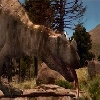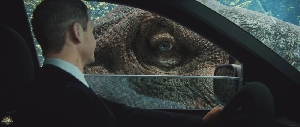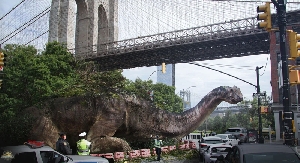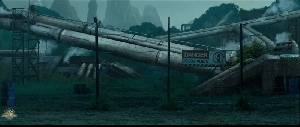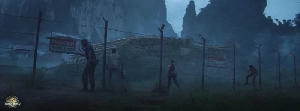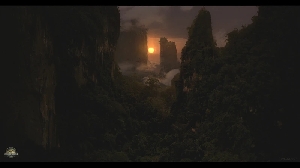Cretaceous carnage #14
Dinosaurs Forum Topic
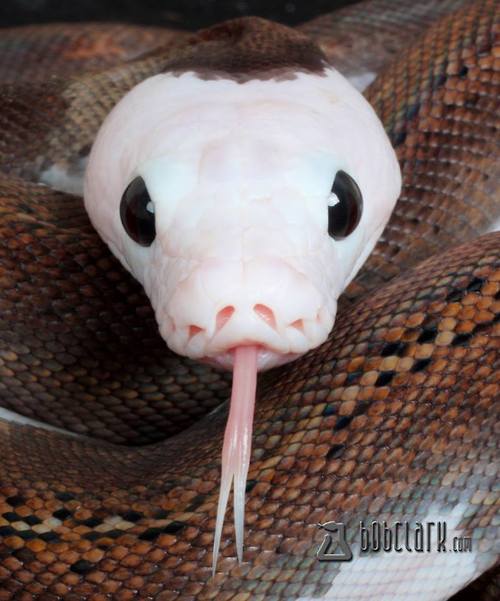
Carnosaur
MemberCompsognathusJan 16, 20153250 Views11 Replies- Einiosaurus procurvicornis v Ceratosaurus dentisulcatus
suggested this match on carnivora but it didn't attract a lot of attention..
Einiosaurus
Einiosaurus is a medium-sized herbivorous centrosaurine ceratopsian dinosaur from the Upper Cretaceous (Campanian stage) of northwestern Montana. The name means 'buffalo lizard', in a combination of Blackfeet Indian eini and Latinized Ancient Greek sauros; the specific name (procurvicornis) means 'with a forward-curving horn' in Latin. Einiosaurus was a herbivorous dinosaur. In 2010 Gregory S. Paul estimated its body length at 4.5 metres, its weight at 1.3 tonnes. Its snout is narrow and very pointed. It is typically portrayed with a low, strongly forward and downward curving nasal horn that resembles a bottle opener, though this may only occur in some adults. The supraorbital (over-the-eye) horns are low, short and triangular in top view if present at all, as opposed to the chasmosaurines, such as Triceratops, which have prominent supraorbital horns. A pair of large spikes, the third epiparietals, projects backwards from the relatively small frill. Smaller osteoderms adorn the frill edge. The first epiparietals are largely absent. Low-diversity and single-species bonebeds are thought to represent herds that may have died in catastrophic events, such as during a drought or flood. This is evidence that Einiosaurus, as well as other centrosaurine ceratopsians such as Pachyrhinosaurus and Centrosaurus, were herding animals similar in behavior to modern-day bison or wildebeest. In contrast, ceratopsine ceratopsids, such as Triceratops and Torosaurus, are typically found singly, implying that they may have been somewhat solitary in life, though fossilized footprints may provide evidence to the contrary. In 2010, a study by Julie Reizner of the individuals excavated at the Dino Ridge site concluded that Einiosaurus grew quickly until its third to fifth year of life after which growth slowed, probably at the onset of sexual maturity. Like all ceratopsids, Einiosaurus had a complex dental battery capable of processing even the toughest plants. Einiosaurus lived in an inland habitat.
Ceratosaurus
Ceratosaurus meaning "horned lizard", in reference to the horn on its nose (Greek κερας/κερατος, keras/keratos meaning "horn" and σαυρος/sauros meaning "lizard"), was a large predatory theropod dinosaur from the Late Jurassic Period (Kimmeridgian to Tithonian), found in the Morrison Formation of North America, in Tanzania and Portugal. It was characterized by large jaws with blade-like teeth, a large, blade-like horn on the snout and a pair of hornlets over the eyes. The forelimbs were powerfully built but very short. The bones of the sacrum were fused (synsacrum) and the pelvic bones were fused together and to this structure (Sereno 1997) (i.e. similar to modern birds). A row of small osteoderms was present down the middle of the back. Ceratosaurus was a fairly typical theropod, with a large head, short forelimbs, robust hind legs, and a long tail. Uniquely among theropods, Ceratosaurus possessed dermal armor, in the form of small osteoderms running down the middle of its back. The tail of Ceratosaurus comprised about half of the body's total length. It was thin and flexible, with high vertebral spines. The type specimen was an individual about 17.5 feet (5.3 m) long; it is not clear whether this animal was fully grown. David B. Norman (1985) estimated that the maximum length of Ceratosaurus was 20 feet (6 m). A particularly large Ceratosaurus specimen from the Cleveland-Lloyd Quarry (UUVP 81), discovered in the mid-1960s, may have been up to 28.8 feet (8.8 m) long. Marsh (1884) suggested that Ceratosaurus weighed about half as much as Allosaurus.
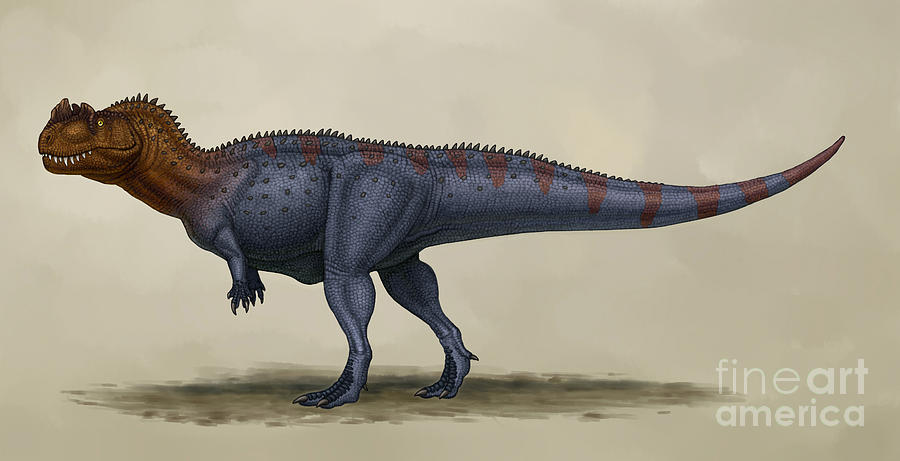
Nature doesn't deceive us; it is we who deceive ourselves.
Replies to Cretaceous carnage #14
Hey Guest, want to add your say?
Are you an avid Jurassic World fan looking for a dedicated online community of likeminded fans? Look no further! Create your own profile today and take part in our forums and gain XP points for all the content you post!



